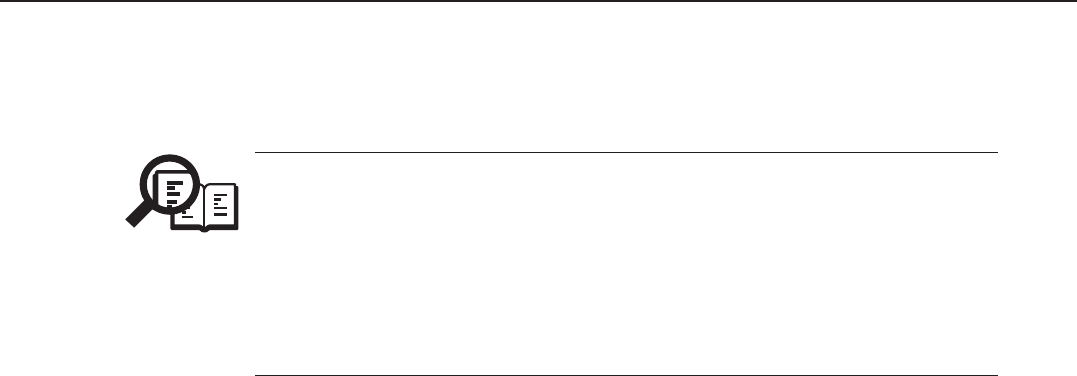
3-97
FAX-L1000 Chapter 3: Technical Reference
d) The probability estimation table, published in the ITU-T T.82. Its contents are fixed,
differing from those of the study table.
NOTE
This table shows probability of accuracy/inaccuracy in the form of a range,
according to the accurate/inaccurate results of a given status prediction value.
The plan of the probability estimation table is such that if the prediction is
accurate, the range of the next status number will be smaller than would be
the case in an inaccurate prediction.
The status number with this smaller range will be selected to be the next
status number.
e) After the predicted value is found to be accurate/inaccurate by the actual pixel, the model
template, and the study table, that accuracy/inaccuracy is encoded in the arithmetic
encoding section, and the encoded image data is output.
f) In the encoding (mathematical encoding) done in the arithmetic encoding section, there is
no conversion table for encoding as is the case in encoding with conventional MH and
MR. Using the LSZ (probability estimation value of an inaccurate prediction: the form of a
range) of the probability estimation table and the accuracy/inaccuracy of the predicted
value as a base, encoding is done by showing the position of the progress of the prediction
on an integer line (between 0~1.0). Encoding shown as a position on this integer line, take
a position under MPS in the case of accurate predictions, and under LPS in the case of
inaccurate predictions, as shown in the figure below.
Furthermore, there is a concept of range (A) in this arithmetic encoding. This range (A)
*2
is shown as an MPS range in the case of accurate predictions and as an LPS range in the
case of inaccurate predictions for each pixel. When these ranges (A) are below a certain
range
*3
, the leading edge bit (which excludes the encoding “0.” shown by the position on
the integer line) shifts one position to the left as encoded image data, and is output. At this
time, the limit of this range (A) which was below the certain range is narrow and it is
difficult to show a position more detailed than this, so the range (A) is magnified
*4
to show
it in more detail. This operation is called “Renormalization”, and this range (A) is reset to a
value above a certain range
*3
.


















